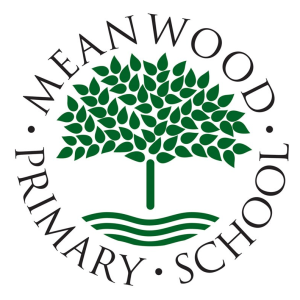
Maths is a fundamental subject at primary school, which includes not just number work, but also measuring weight, capacity and length, time, data handling, shape, pattern and problem solving.
Developing positive attitudes to maths is really important for your child to succeed. Here are some ideas to get you started:
Counting
Young children need to learn two different skills when counting:
- Saying numbers in order: 1,2,3,4...
- Understand that each number name needs to match to one object that they are counting. E.g. Pointing and touching the number 1 = quantity 1.
Help your child to develop counting skills as you go about your daily activities. Below are a few examples:
- Can you put 3 spoons on the table?
- How many cars have you got?
- You can choose 4 new books at the library.
- Try counting the stairs as you walk upstairs.
As children become more confident, encourage them to count aloud up to larger numbers. When counting to 100, they might need your help to remember what comes after 29, 39, 49 etc.
Number recognition
Numbers are all around us. Encourage your child to read numbers they recognise, eg door numbers, keys on your phone or remote control, price signs in shops.
Build up from single numbers (3, 6 etc) to tens and units numbers (eg 65,) then even bigger numbers.
Adding and Subtracting
As soon as children have developed some basic counting skills, they naturally start to develop their understanding of addition and subtraction. This is best done with young children through practical activities, rather than formal written sums.
Below are some examples of written mathematic sentences:
- I've got 3 sweets and you've got 4, so we've got 7 altogether.
- There are 2 plates on the table, but there will be 5 people here for tea, so how many more plates do we need?
- I had 3 biscuits but I ate 2, so how many are left?
Progression in methods for adding and taking away
Children are taught at first to use objects or pictures to add up small numbers.
After this they are taught to count on from the larger number - eg put 7 in your head and count 5 more. For this, children often use fingers to show how many more they are adding on.
Children then move onto using a number line to show the jumps they are adding on or taking away.
Only when children have a secure understanding of what's happening with addition and subtraction do they start to learn the written methods many parents would have learnt at school themselves. Please check with your child's teacher how your child is learning to add and take away so that they don't get confused by different methods at home and school.
Mental Maths Facts
Children need to learn basic mental maths facts off by heart.
Using their fingers to count up 7 add 1 is very time consuming and it's far better that they acquire all these basic facts in the early years of school so that more complex maths can be added to this sound foundation of knowledge.
At Meanwood, children work through a series of sets of mental maths facts, with teachers assessing their knowldge on a regular basis.
Time
Children will be taught how to tell the time in addition to other areas related to time including:
- Days of the week - saying days of the week in order, knowing what day comes before or after each day
- Months of the year - saying them in order, knowing what month comes before or after each one.
- Telling the time
- Solving problems using time, eg "X Factor starts at 8 o'clock and lasts for an hour and a half, so what time does it end?"
Telling the time is easiest learnt in this order:
- O'clock times - learning that the little hand points to the hour and the big hand points to 12 when it is an o'clock time
- Half past times - knowing that the little hand is half way to the next hour and the big hand points to 6
- Quarter past and quarter to
- Mnutes past and minutes to the hour - knowing that each number on the clock face is a block of 5 minutes
- Reading digital times and matching these to analogue times (hands on a clock)
Measuring
Lots of practical experiences are great for developing children's understanding of measures. Here are some ideas:
- Using a ruler to measure how tall a tower of bricks is.
- Using a tape measure to measure how tall your child is.
- Measuring out ingredients to make a cake using weighing scales or a measuring jug.
- Looking at packaging on food wrappers to see how much it weighs or how much it holds.
Shape and Pattern
Children need to be able to name and describe 2D (flat) and 3D (solid) shapes. Look for shapes around you in your child's environment and ask:
- Can you count how many squares there are in the windows? Are they a 2D shape or a 3D shape?
- I wonder what's in this parcel... What shape is it?
Encourage your child to make patterns, e.g. red,blue,green...red,blue,green or to spot special sorts of patterns e.g. a symmetrical butterfly.


.png)

.png)